The National Portrait Gallery acknowledges the Traditional Custodians of Country throughout Australia and recognises the continuing connection to lands, waters and communities. We pay our respect to Aboriginal and Torres Strait Islander cultures and to Elders both past and present.
Aboriginal and Torres Strait Islander viewers are warned that this website contains images of deceased persons.
Thomas Keneally AO (b. 1935), author and republican activist, has achieved a high reputation for the breadth and accessibility of his writing, and his passion for causes about which many Australians feel deeply. He achieved his first major success with 'Bring Larks and Heroes' (1967), a novel about the Vinegar Hill convict uprising of 1804, based on the writings of Watkin Tench. It won the Miles Franklin Award, as did his next novel, 'Three Cheers for the Paraclete' (1968). His 1972 novel, 'The Chant of Jimmie Blacksmith', won several awards and was made into a film in 1978. In 1982 he became the first Australian author to win the Booker Prize, with 'Schindler’s Ark', filmed by Steven Spielberg as 'Schindler’s List' (1993). His numerous non-fiction titles include a biography of Abraham Lincoln, and books on aspects of Irish history including 'Now and in Time to Be' (1991) and 'The Great Shame' (1998). In 2014, he published 'Australians: Flappers to Vietnam', the third installment of a multi-volume history of Australia. His many novels include 'The Tyrant’s Novel' (2004), 'The Widow and Her Hero' (2007), 'The Daughters of Mars' (2012) and, most recently, 'Crimes of the Father' (2016).
Like the portraits of Don Bradman and Barry Humphries, this work was in Gordon Darling’s personal collection before he donated it to the National Portrait Gallery.
Collection: National Portrait Gallery
Gift of L Gordon Darling AC CMG 2005
Donated through the Australian Government's Cultural Gifts Program
© Bernd Heinrich
L Gordon Darling AC CMG (6 portraits)
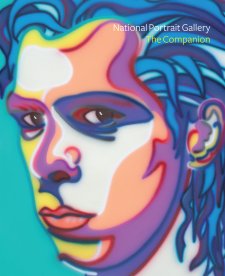
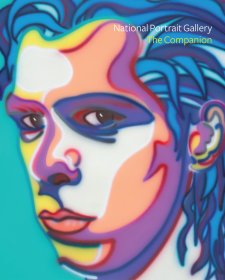

On one level The Companion talks about the most famous and frontline Australians, but on another it tells us about ourselves.
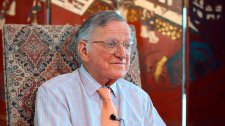
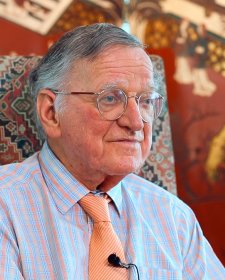
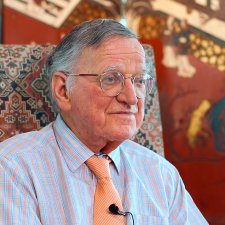
Gordon Darling talks about how Jiawei Shen came to paint his portrait.

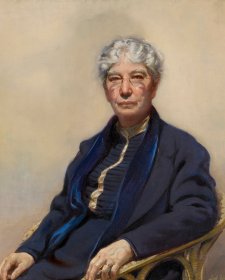
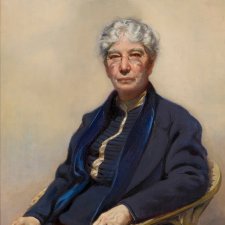
Dr Sarah Engledow explores the portraits of writers held in the National Portrait Gallery's collection.
The National Portrait Gallery acknowledges the Traditional Custodians of Country throughout Australia and recognises the continuing connection to lands, waters and communities. We pay our respect to Aboriginal and Torres Strait Islander cultures and to Elders past and present. We respectfully advise that this site includes works by, images of, names of, voices of and references to deceased people.
This website comprises and contains copyrighted materials and works. Copyright in all materials and/or works comprising or contained within this website remains with the National Portrait Gallery and other copyright owners as specified.
The National Portrait Gallery respects the artistic and intellectual property rights of others. The use of images of works of art reproduced on this website and all other content may be restricted under the Australian Copyright Act 1968 (Cth). Requests for a reproduction of a work of art or other content can be made through a Reproduction request. For further information please contact NPG Copyright.
The National Portrait Gallery is an Australian Government Agency